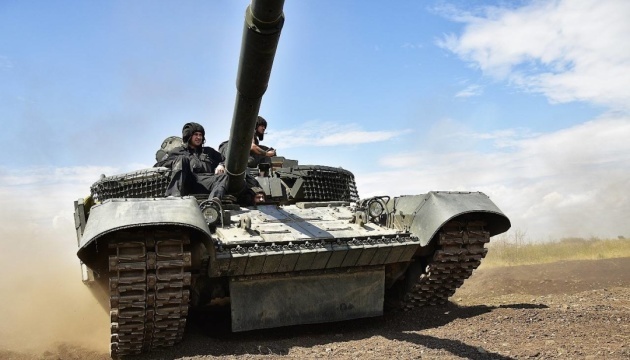Russia losing 1,201 personnel daily in Ukraine – CinC Syrskyi
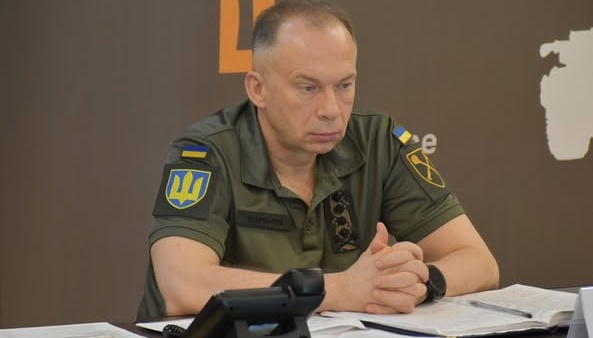

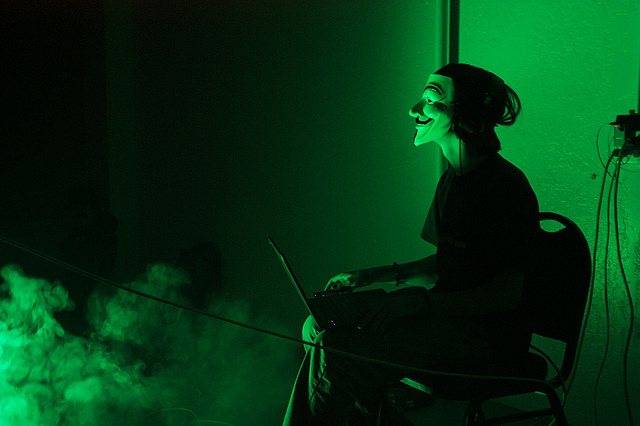
Russia has begun using artificial intelligence-based bots for spreading propaganda on social media, especially on Telegram, according to a joint investigation by OpenMinds and the Digital Forensic Research Lab (DFRLab).
Researchers have uncovered over 3,600 bots that posted more than 316,000 AI-generated comments in Telegram channels linked to Ukraine’s temporarily occupied territories. Another three million messages were spread in broader Ukrainian and Russian Telegram groups. These bots used human-like language, adapting replies to the context of each conversation to promote pro-Kremlin narratives and undermine Ukraine.
Unlike traditional bots that spam identical messages, these accounts simulate real users. They reply directly to other users, shift tone and content, and tailor messages to appear authentic. On average, a bot posts 84 comments per day, with some exceeding 1,000 daily.
The goal is not just to spread fake news, but to create the illusion of widespread public support for the occupation regime, filling comment sections with praise for Russia and attacks on Ukraine. In an environment of information isolation, this becomes a potent tool of mass manipulation.
AI-generated bots often give themselves away through:
Even when bot accounts are deleted, their influence lingers. Locals repeatedly exposed to these comments may perceive Kremlin propaganda as the majority opinion, especially in regions where Ukrainian news is inaccessible.
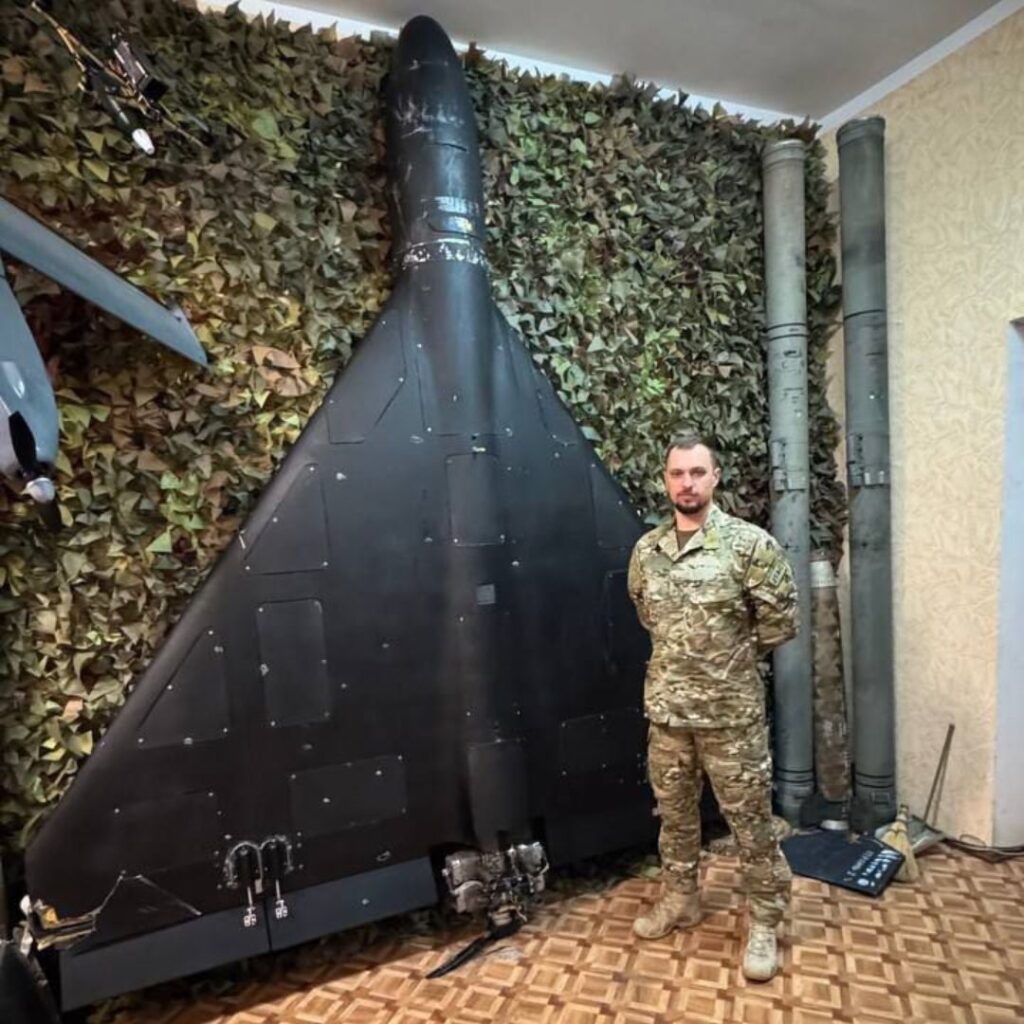
Russian Shaheds now carry napalm and break through Ukrainian electronic warfare systems. Moscow continues to upgrade its Shahed attack drones, enhancing their warheads, engines, and protection, says Serhii “Flash” Beskrestnov, a military expert, in an interview with Radio Free Europe/Radio Liberty.
“Recently, we discovered a fluid in a Shahed’s warhead that resembled napalm. It not only spreads but keeps burning even in sand. This is terrorism, when drones attack residential areas with incendiary mixtures that cannot be extinguished,” explains Beskrestnov.
According to him, such weapons are absolutely inappropriate for warfare in large cities. Russia is also using at least 4–5 different types of warheads on Shahed drones, expanding their operational roles, from striking industrial targets to deliberate terror against civilians.
Flash reports that Russian engineers have upgraded Shahed engines, allowing them to reach speeds of up to 220 km/h in favorable weather conditions. However, the expert notes that this speed increase is not a decisive advantage: “Globally, whether it’s 180 or 200 km/h. It doesn’t change much.”
The most serious threat now comes from the improved Shahed defense systems against Ukrainian electronic warfare.
“We are increasingly seeing the same target being hit repeatedly. This indicates electronic warfare’s failure to disrupt navigation,” says Beskrestnov.
According to him, Chinese reinforced antennas have been found among the drone wreckage, successfully breaking through Ukrainian electronic warfare defenses.
“Our electronic warfare systems simply aren’t designed to handle such a number of elements. That’s why urgent modernization is needed,” the expert emphasizes.
Beskrestnov separately emphasized that electronic warfare systems do not physically destroy drones but only help protect targets and give air defense systems time to strike them.
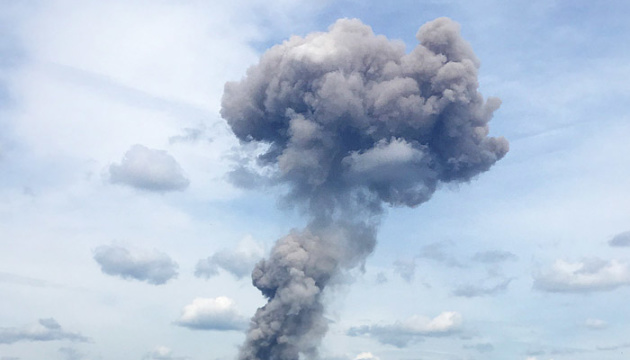

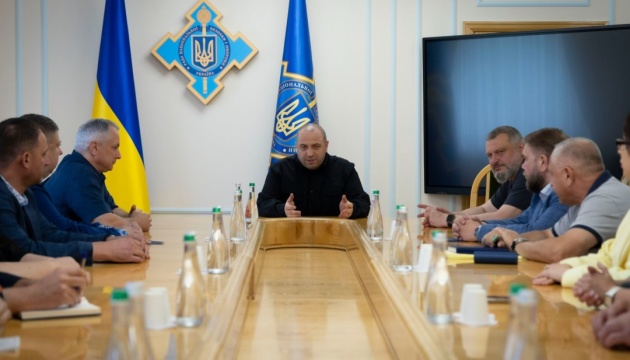
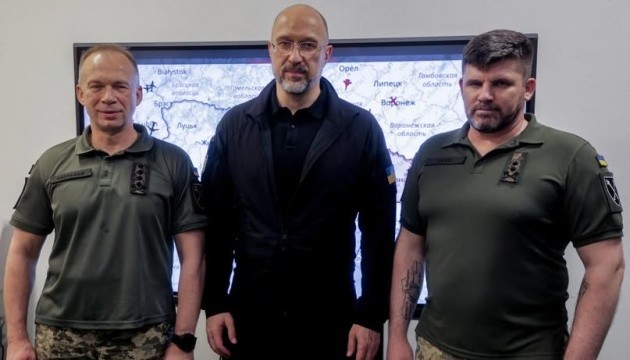
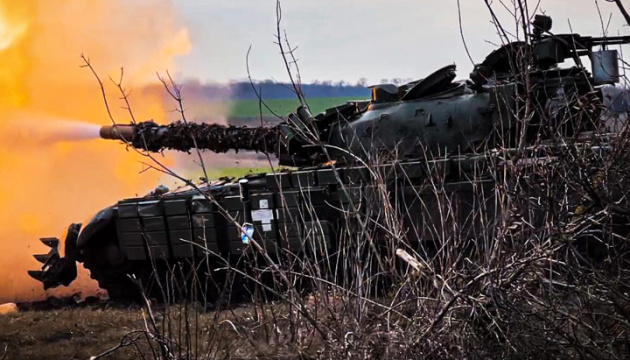
Key measures include a lower oil price cap, Nord Stream transaction ban and a full ban on Russian bank deals

© Getty Images
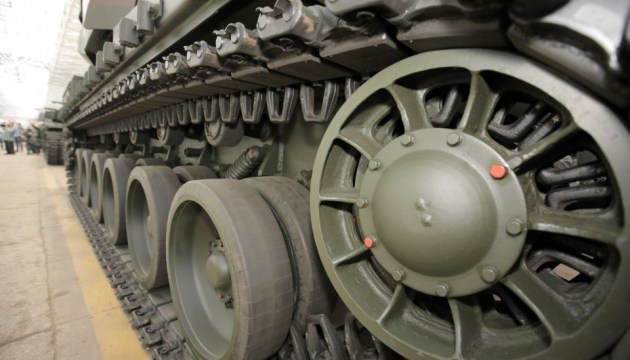
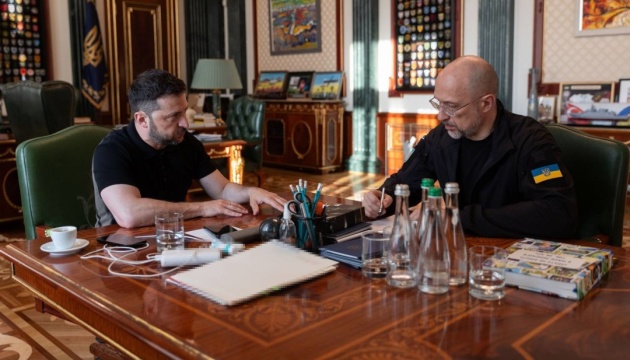

The Kremlin has once again erupted in threats and vitriol. Following the adoption of the EU’s 18th sanctions package against Moscow’s aggression, Dmitry Medvedev, the Russian former president, lashed out, calling European Commission President Ursula von der Leyen a “disgusting old hag” and branding Europeans as “imbeciles.”
Medvedev is often called the Kremlin’s “mouthpiece” for his apocalyptic social media statements reflecting Moscow’s official position. The former Russian president has frequently issued nuclear threats aimed at the West.
“European imbeciles have approved the 18th package of sanctions against our country. There’s no point in writing that it will change Russia’s stance any more than the previous seventeen did,” Medvedev said on social media.
EU agrees on new Russia sanctions package targeting energy and finance
He believes the Russian economy would endure and stated that the destruction of Ukraine would continue.
“Strikes on targets in the so-called Ukraine, including Kyiv, will be carried out with increasing force,” he stressed.
Medvedev then escalated his tirade, launching insults at EU nations including Poland, Germany, France, the Baltic states, and the UK. He urged maximum detachment from the EU, which he claimed is now home to “Brits mired in their own shit.”
He went further, stating that Russians should learn to hate Europeans, just as their ancestors once did.
“Hatred is the most powerful weapon, allowing us to move most effectively toward its opposite—love. Naturally, toward those who deserve it,” he claimed.
Von der Leyen received particular scorn, with Medvedev attempting to mock her medical background.
“I’m not sure she even knows where the heart is. Though it seems she’s always thought with the part of her body she used during her failed medical career,” he said.
Medvedev’s outburst once again illustrates the tone of official Russian rhetoric amid intensified missile strikes on Ukrainian civilians, Russia’s answer to US President Donald Trump’s recent peace efforts.
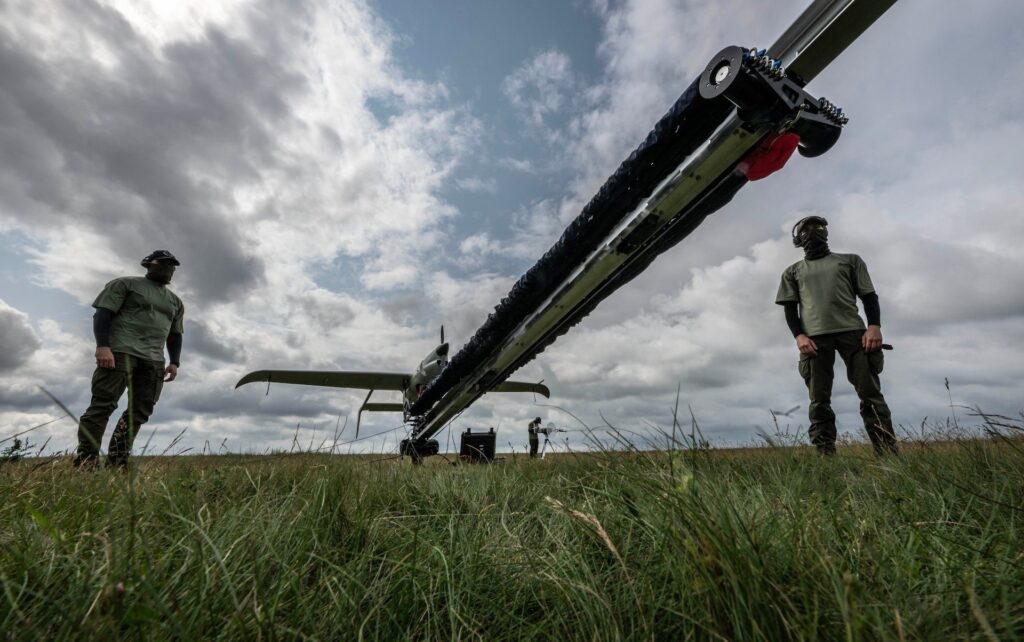
Romania wants to build drones with Ukraine, but production is delayed until 2026 due to lack of military funding. Digi24 reports that Romania’s Defense Ministry wants to launch a joint drone-manufacturing project, but no funds are available this year to begin construction or procurement.
Romania wants to build drones with Ukraine, aiming to manufacture UAVs inside Romania and eventually export them to other European countries. Digi24 reports that the Romanian Ministry of Defense has confirmed it is set to negotiate with officials from Kyiv. The two sides aim to establish a co-production plan for drones, following models already used by Ukraine in partnerships with Denmark and Norway.
According to Digi24, the business plan is not complex: Romania would purchase the technical specifications of drones that Ukraine has developed during its war experience. Those designs, proven in combat, would serve as the base for production inside Romania.
The proposed facility would likely be located in Brașov, Transylvania. Romanian and Ukrainian engineers would cooperate on-site to assemble the UAVs. Most of the drones would enter service with the Romanian army, but many would also be intended for sale across Europe, per the reported plan.
Despite alignment on the concept, the project faces a major obstacle: Romania currently lacks the funding to implement it. Digi24 notes that while Ukraine is willing to move forward and eager to secure income from such cooperation, Romania cannot commit to payments this year.
The next opportunity to fund the drone partnership would come with Romania’s 2026 defense budget. Until then, the joint production initiative remains in the planning phase.
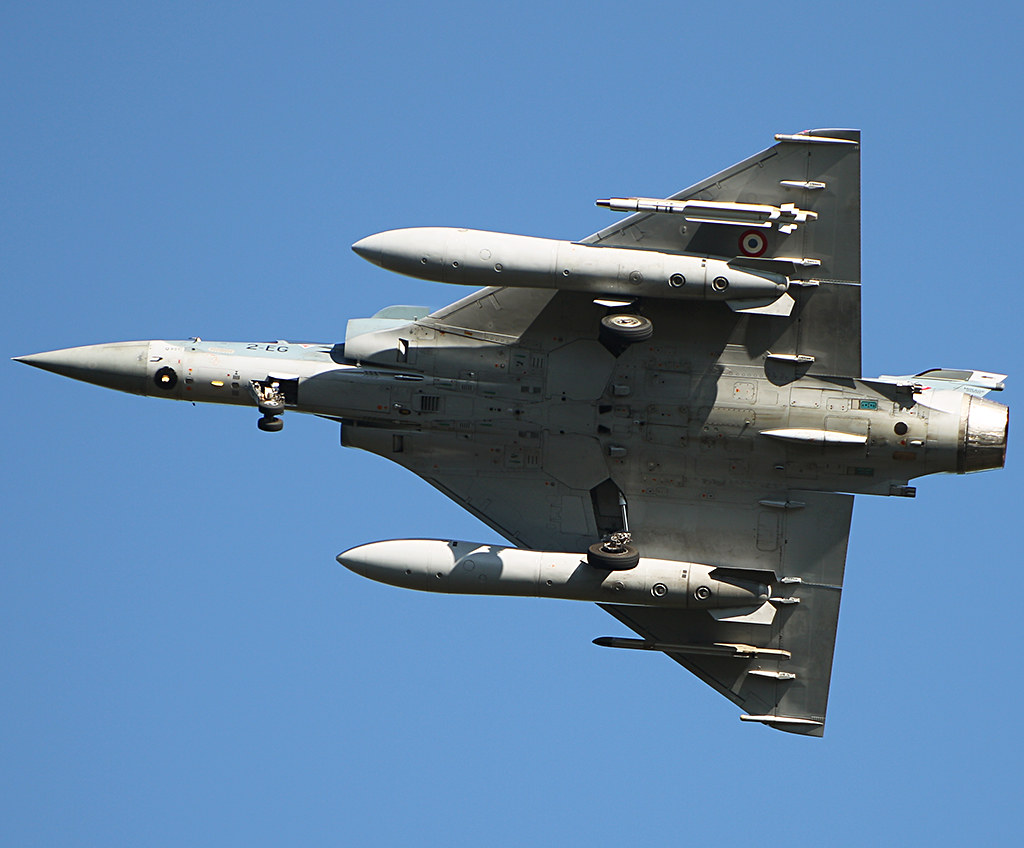
Ukrainian pilots to gain greater chances in the sky due to Paris’s support. After an hour-long meeting with French President Emmanuel Macron on 18 July, Ukrainian leader Volodymyr Zelenskyy confirmed that France is ready to continue training Mirage fighter jet pilots on its own territory.
In February 2025, Ukraine received the first batch of Dassault Mirage 2000-5 fighter jets, modified to carry the powerful SCALP-EG cruise missiles and Hammer glide bombs. The SCALP-EGs are crucial to Ukraine’s strategy. With a range of up to 155 miles and bunker-busting warheads, these 2,900-pound missiles are designed to target Russian command posts, disrupting military coordination and weakening their resistance.
“I want to specifically highlight our agreement on Mirage pilot training: France is ready to accept additional pilots for training on additional aircraft,” said Zelenskyy.
Among other key issues was the strengthening of Ukraine’s air defense system. The two leaders discussed the supply of missiles for modern SAMP/T systems and the launch of a joint project to fund interceptor drones. Zelenskyy noted that relevant decisions will be prepared at the level of both countries’ defense ministries.
The Ukrainian president also thanked France for its active role in promoting the EU’s 18th package of sanctions and confirmed that Kyiv and Washington are working together so that “Russia feels truly global pressure.”
The EU agreed on a new package after the bloc’s ambassadors reached consensus on restrictions targeting key sectors of the Russian economy. Malta and Slovakia reportedly lifted their vetoes after receiving critical assurances.
The new Russia sanctions package will include a formal ban on the Nord Stream 1 and 2 pipelines. EU High Representative for Foreign Affairs and Security Policy Kaja Kallas said the bloc would also reduce the oil price cap as part of efforts to cut the Kremlin’s war revenues.

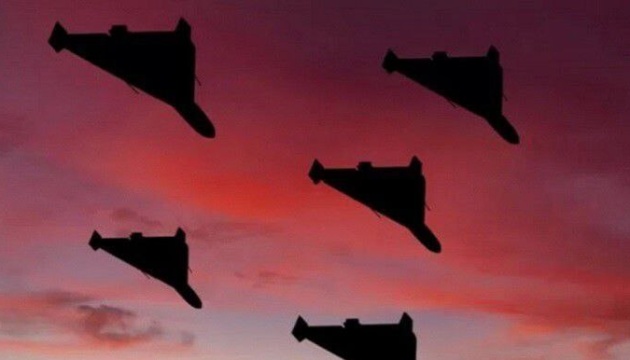
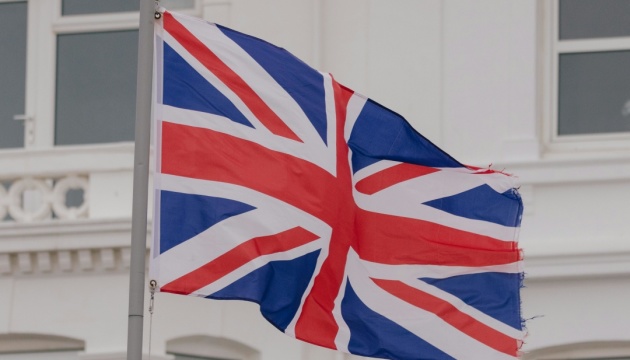
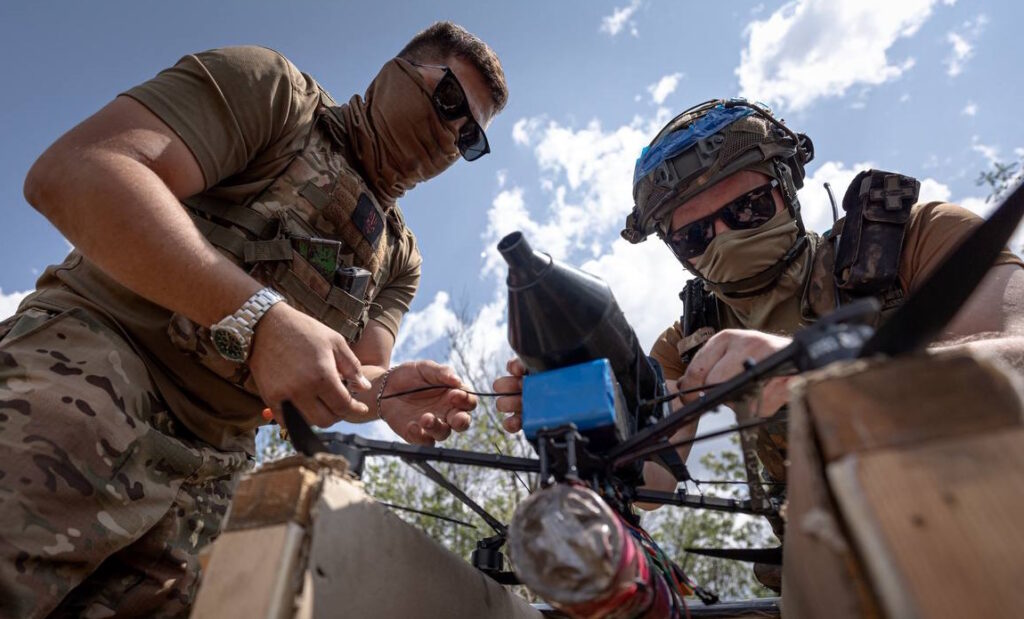
They paid the highest price for Ukraine’s freedom. British journalist Colin Freeman, in his book The Mad and the Brave, told the stories of foreign volunteers who joined Ukraine’s International Legion, writes The Telegraph.
The International Legion of the Ukrainian Defense Forces, a military unit established in 2022, brings together volunteers from over 50 countries, including the US, Canada, and the UK, to help Ukraine fight off Russian aggression.
Freeman compares the influx of volunteers who rushed to aid Ukraine in the early weeks of the all-out war to the International Brigades in the Spanish Civil War of 1936–1939 when thousands from around the world fought fascism.
He portrays a variety of individuals, from veterans of the Syrian war against ISIS to adrenaline seekers and those fleeing heartbreak.
One striking story is that of British combat medic John Harding, who joined the Azov Battalion in 2018. He disproved Russian propaganda about “national extremists” and endured the horrors of the battle for Mariupol, the siege of Azovstal, and months of torture in captivity.
Another hero is Briton Christopher Perryman, a veteran of wars in Iraq, Somalia, and Bosnia, who left behind a young son to fight the Russian aggressor.
Perryman believed he had no moral right to abandon millions of Ukrainian parents in distress, given his extensive military experience. Sadly, he was killed by artillery fire at the end of 2023.
After more than three years of war, the fates of foreign volunteers vary: some died, some cope with PTSD, and others continue fighting alongside Ukrainians.
Earlier, Euromaidan Press published a story about a former paramedic from Colombia, known as Miguel, who came to Ukraine intending to serve as a combat medic. However, due to the language barrier, he was assigned to the infantry.
Despite this, he never abandoned his mission. Every day on the front line, he saves the lives of his comrades. He is learning Ukrainian by singing Chervona Kalyna, the country’s patriotic anthem, and surviving tactics against Russian artillery.

The International Fencing Federation seeks to bring back athletes who support or take part in the killing of Ukrainians. Over 440 fencers from 40 countries have signed an open letter to the organization, urging it to reinstate strict background checks for Russian and Belarusian athletes, Reuters reports.
The reason is the admission of athletes from aggressor states to the World Championship in Tbilisi, scheduled for 22–26 July, without thorough vetting of their involvement in Russia’s war against Ukraine.
Russia’s war has killed over 500 Ukrainian athletes, including children. Nearly 500 sports facilities have been partially or completely destroyed in Russian attacks.
“By removing comprehensive background checks, the FIE risks allowing individuals whose affiliations or actions conflict with the values of neutrality and non-violence to compete under a neutral status,” the athletes stated in the letter, published by the Global Athlete movement.
Elite fencers voiced their opposition to the International Fencing Federation’s decision to replace screening procedures with a formal declaration of neutrality.
Putin’s “neutral” athletes cheer Russia’s atrocities in Ukraine — but FIFA can’t wait to get them back
“The FIE’s decision contradicts the core principles of fencing, respect, integrity, and fair play, and deviates from the approach originally taken by the international sporting community,” the letter reads.
The Ukrainian Fencing Federation has warned it may pursue legal action, as some admitted Russian athletes hold military ranks. The European Fencing Confederation also condemned “the lack of independent verification in the eligibility process for so-called neutral athletes.”
Last week, the organization claimed that its position “underscores the Federation’s commitment to peace, fairness, and the global unity of sport.” But many athletes and federations see this as a cover for bringing aggressors back into international sports.
Ukrainian Olympic champion Olga Kharlan, who was disqualified in 2023 for refusing to shake hands with a Russian opponent, says that such International Fencing Federation policies could destroy fencing’s presence in the Olympic program.
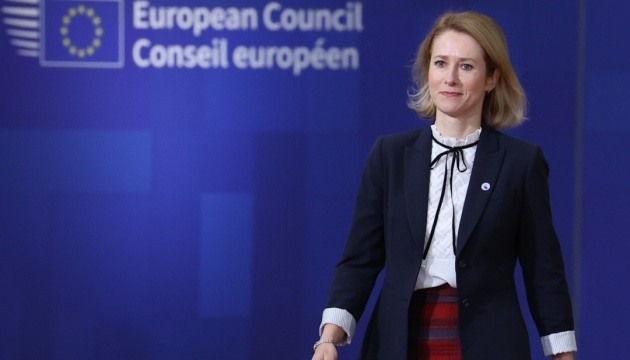
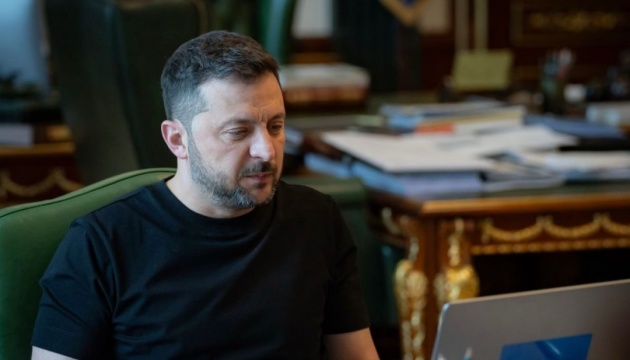
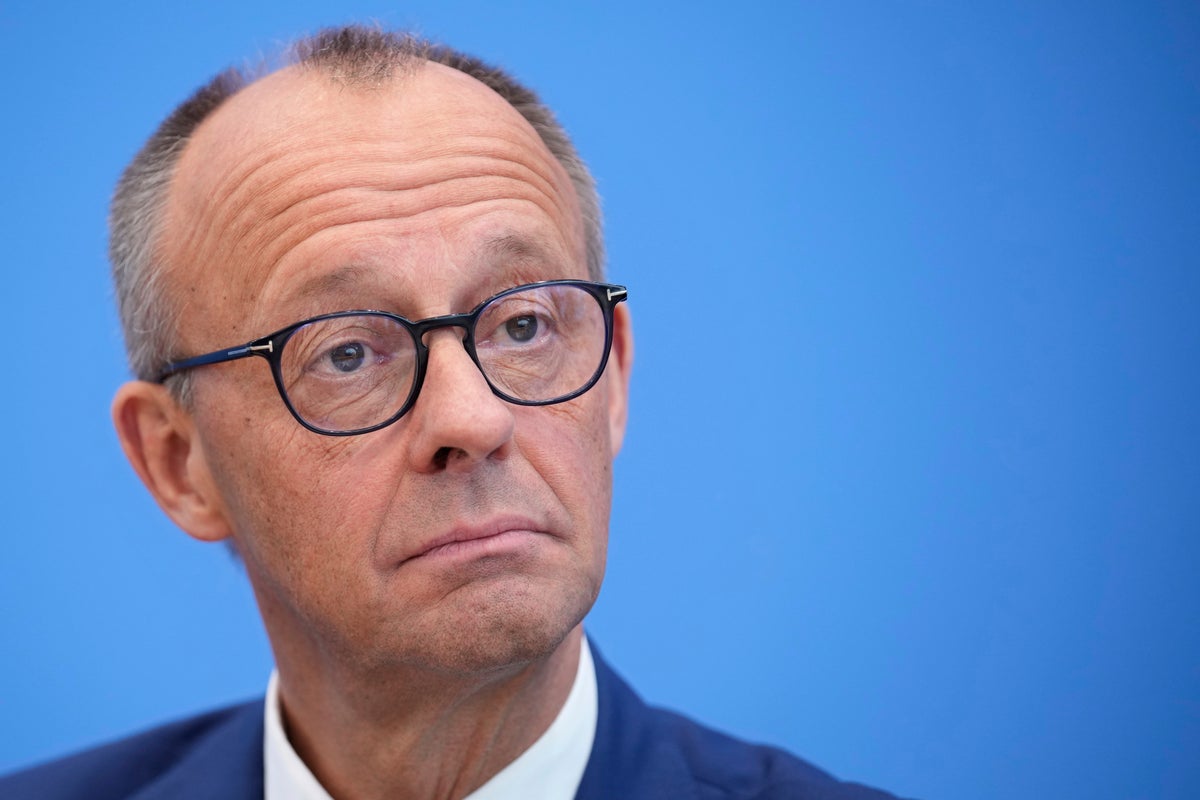
© Copyright 2025 The Associated Press. All rights reserved

Zelenskyy installs ex-defense minister Umierov to run Security Council
The man once in charge of defense now oversees war tech, arms deals, and talks.
Ukrainian President Volodymyr Zelenskyy has appointed Rustem Umierov to lead the country’s National Security and Defense Council. He takes over the Security Council after stepping down as defense minister in a wartime Cabinet reshuffle, and will now oversee arms deals, tech coordination, and peace negotiations.
Zelenskyy signed the decree appointing Umierov secretary of the Security Council on 18 July, according to the presidential website. He replaces Oleksandr Lytvynenko, who had held the position since 26 March and is now reportedly being considered for an ambassadorial role in Serbia, Forbes reports, citing a government source speaking anonymously due to the sensitivity of the issue.
Yuliia Svyrydenko was appointed Prime Minister, with new ministers named across the government. Zelenskyy emphasized that the new cabinet must ensure Ukraine’s defenders have confidence in reliable supply, and that boosting internal economic potential would support that goal.
In a post on X, Umierov confirmed his appointment and outlined his top priorities in his new role.
“Coordination and control of the security and defense sector,” he wrote, adding that an audit will be conducted on the implementation of decisions made by the Headquarters of the Supreme Commander-in-Chief.
He pledged to coordinate all arms deliveries, joint production, and sensitive international defense partnerships.
“I remain in constant dialogue with our international partners,” he said, referring to critical yet discreet defense agreements.
Umierov also stated he would fully restore the operation of the Technological Command Post to accelerate front-line modernization and battlefield tech innovation. One of the primary missions now under his oversight is the synchronized execution of orders across all components of Ukraine’s defense system.
Umierov’s responsibilities also include overseeing the negotiation track.
“Ukraine consistently advocates for a just peace — and we are working to achieve it in close coordination with our allies,” he wrote.
RFE/RL reports that Zelenskyy met with Umierov on 18 July to discuss the new leadership tasks. Among the key priorities mentioned by the president was “more dynamics” in implementing the agreements with Russia reached during the second summit in Istanbul.
Zelenskyy also tasked Umierov with continuing weapons coordination with Ukraine’s partners, fully implementing all supply agreements, and advancing new projects for joint arms production and defense manufacturing facilities on partner territory.
According to the president’s office, Umierov is expected to strengthen the format of the technological headquarters, enforce decisions delayed in execution, and ensure full compliance across the defense and security sectors.
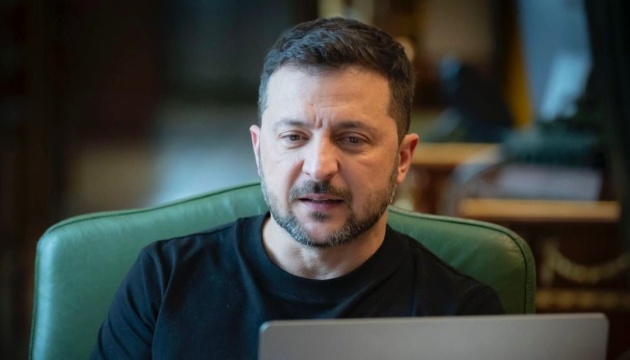
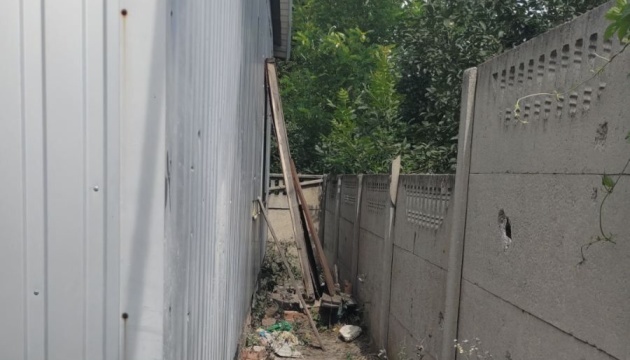
The spies are also blamed for a prolonged campaign of cyberattacks across Europe

© FBI

© Stefan Rousseau/PA Wire
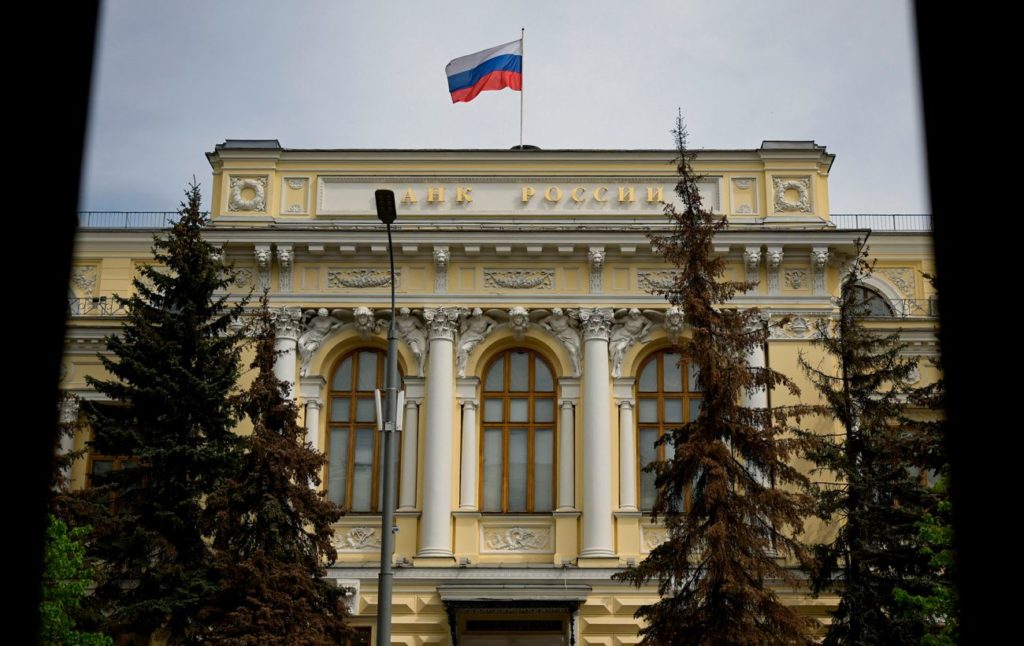
Russia is “burning the candle at both ends” economically as top bankers quietly brace for bailouts amid a growing Russian debt crisis, the Institute for the Study of War (ISW) wrote on 17 July. While the Kremlin pretends its economy is stable amid the ongoing protracted invasion of Ukraine, structural fractures continue to widen beneath that illusion.
Bloomberg reported on 17 July that senior executives at several of Russia’s largest banks have quietly discussed the possibility of requesting government bailouts. This comes as non-performing loans — debts that are late or unpaid — continue to rise in 2025. Documents reviewed by Bloomberg show that three systemically important Russian banks may need to recover funds lost to bad credit.
Russian banks have already seen non-performing loans grow by 1.2% this year. Forecasts suggest the rate could increase from the current 4% to as high as 6–7% by 2026. While ISW cannot independently verify these figures, it notes mounting signs of concern within the financial sector.
Central Bank Chairperson Elvira Nabiullina has dismissed fears of a banking crisis, claiming that reserves totaling eight trillion rubles (around $102.5 billion) are sufficient to cushion any shocks. However, ISW assesses that the Central Bank is likely unwilling to bail out major banks outright — a decision that could spark liquidity problems or even bank failures, directly undermining Russian President Vladimir Putin’s narrative of economic resilience.
ISW argues that the Kremlin is worsening the growing Russian debt crisis by expanding military spending while relaxing monetary policy to support short-term growth. Since 2022, the government has boosted one-time payments and salaries to attract military recruits and reinforce its defense industrial base. These high payments are necessary due to sustained battlefield losses and the challenge of attracting volunteers.
As defense wages rise, civilian industries struggle to retain workers, pushing up prices across service sectors. Labor shortages now impact both economic growth and war production. ISW maintains that Russia cannot indefinitely sustain these payouts or replace troops lost at current rates without a general mobilization — a step Putin has avoided.
On the surface, the Russian Central Bank reports success in reducing inflation. Bloomberg noted that in June 2025, the seasonally adjusted annual rate (SAAR) of inflation fell to 4%, matching the Bank’s target. The drop is attributed in part to a temporarily strong ruble, which lowered the cost of imported goods and helped suppress input costs and inflationary pressures for companies.
However, the Central Bank acknowledged that official annual inflation still stands at 9%. The SAAR is a short-term measure and does not reflect deeper economic trends. ISW argues that this data masks the real problems. Two complicating factors — the fading effect of ruble strength and rising service costs — are expected to slow progress in bringing inflation under control.
The think tank concludes wrote:
“Russia is effectively burning the candle at both ends by simultaneously loosening monetary policy to stimulate short-term growth, while expanding fiscal expenditure to feed the military effort.”
This path is likely to deepen the country’s macroeconomic instability, erode the value of the ruble, and diminish consumers’ ability to cope with rising costs. Behind the Central Bank’s controlled narrative, ISW sees rising stress in Russia’s economic foundation — a crisis building quietly but steadily.
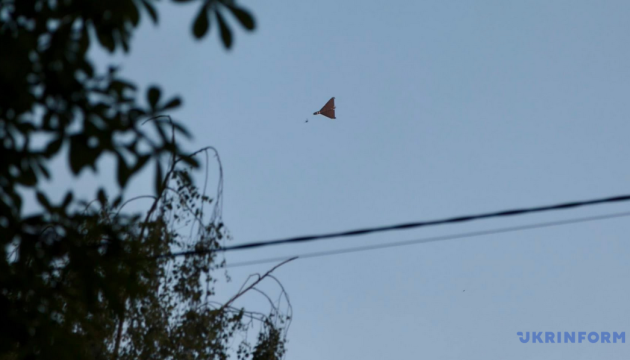
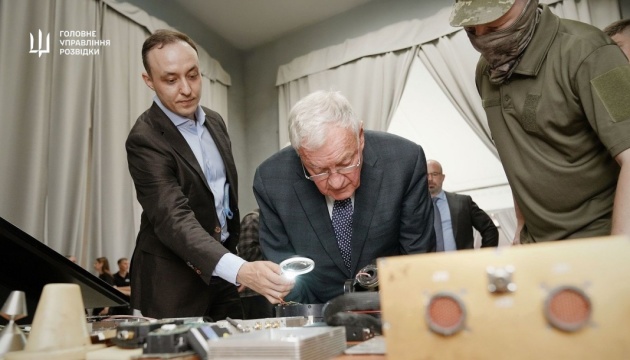

Germany will deliver Patriot missiles to Ukraine “very shortly,” following US President Donald Trump’s NATO agreement to increase weapons aid. The delivery, part of a Europe-funded supply plan, could make the system operational in Ukraine within weeks, according to Germany’s leader.
According to Politico, German Chancellor Friedrich Merz confirmed during a 17 July press conference in the UK that Ukraine will receive Patriot air-defense systems “very shortly, very soon.” He stressed that Kyiv urgently needs deep strike capability and that additional support is on the way. According to Merz, defense ministers are now finalizing logistics to fulfill the delivery.
Politico reports that the announcement followed Trump’s new NATO deal earlier this week. The plan allows European countries to send weapons to Ukraine now and buy replacements from the US.
Alexus Grynkewich, NATO’s Allied Air Command leader, said on 17 July that preparations for the Patriot transfer were already under way.
Trump stated on 14 July that part of the Patriot system would arrive “within days,” though others have raised questions about the exact timeline. Merz later clarified that the capability could be active in Ukraine within weeks.
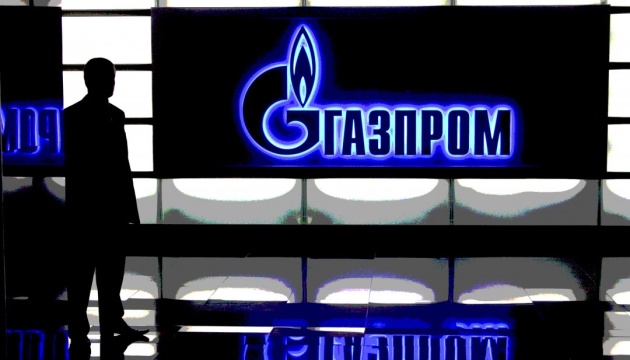
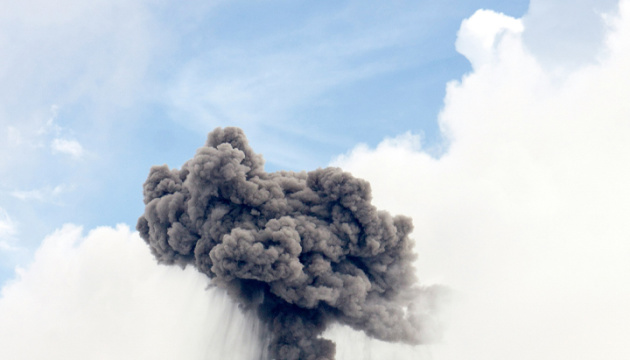
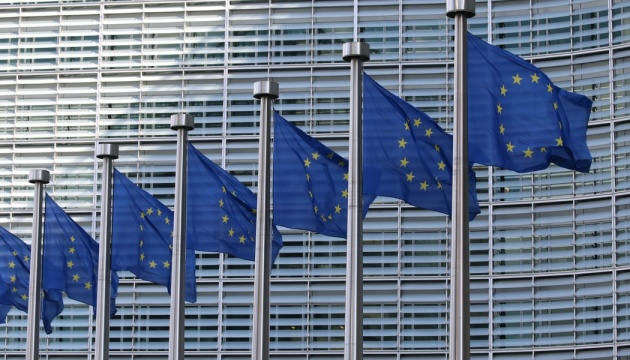

Amid the Russian “human safari,” a drone attack on Kherson’s rabbi Yossef Itzhak Wolff left his family unharmed after a Russian FPV drone slammed into their vehicle near the regional capital. The strike occurred while the rabbi, his wife, and their young daughter were inside the car. Chief Rabbi of Ukraine Moshe Azman reported the incident on 17 July.
On 17 July, Moshe Azman wrote on X that “two hours ago” a Russian FPV drone attacked the car of the Chief Rabbi of Kherson, Yossef Wolff. He stated that the drone hit the car at the entrance to Kherson, with the rabbi, his wife, and their daughter inside at the moment of impact.
Azman said he had just spoken with Rabbi Wolff, and emphasized the survival as a “very great miracle.” According to the post, the drone entered the car “at a very high speed.” No one was injured in the explosion.
Azman shared a video recorded by Rabbi Wolff showing his Toyota Land Cruiser, which sustained significant damage. In the video, Rabbi Wolff says:
“A drone got into our car and exploded, but incredibly we are alive.”
Yossef Itzhak Wolff has served as Chief Rabbi of Kherson and the oblast since 1998 and is also chairman of the Board of the Kherson Jewish community.
Also on 17 July, Russian forces struck an ambulance in Kherson Oblast. The strike hit a medical team en route to a call in Zymivnyk. The vehicle was damaged, and two medics — a 49-year-old medical assistant and a 65-year-old paramedic — were injured.
And this morning, 18 July, Russian forces killed a man in the village of Veletenske in Kherson Oblast’s Bilozerka community. According to oblast head Oleksandr Prokudin, around 09:00, a Russian drone struck a local resident born in 1990 as he rode his bicycle. He sustained fatal injuries.
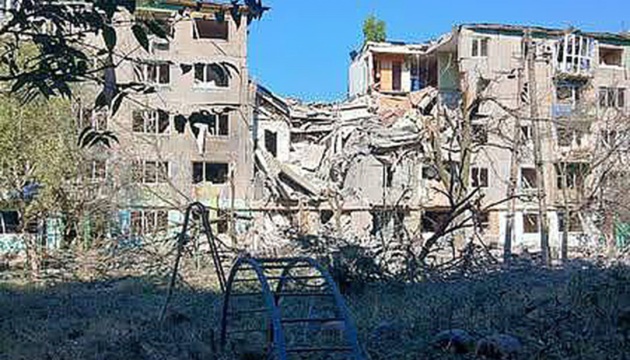

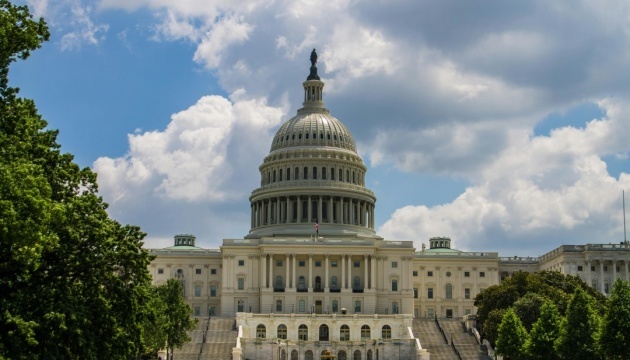
The German Chancellor admitted that Europe must ‘do more’ on defence spending
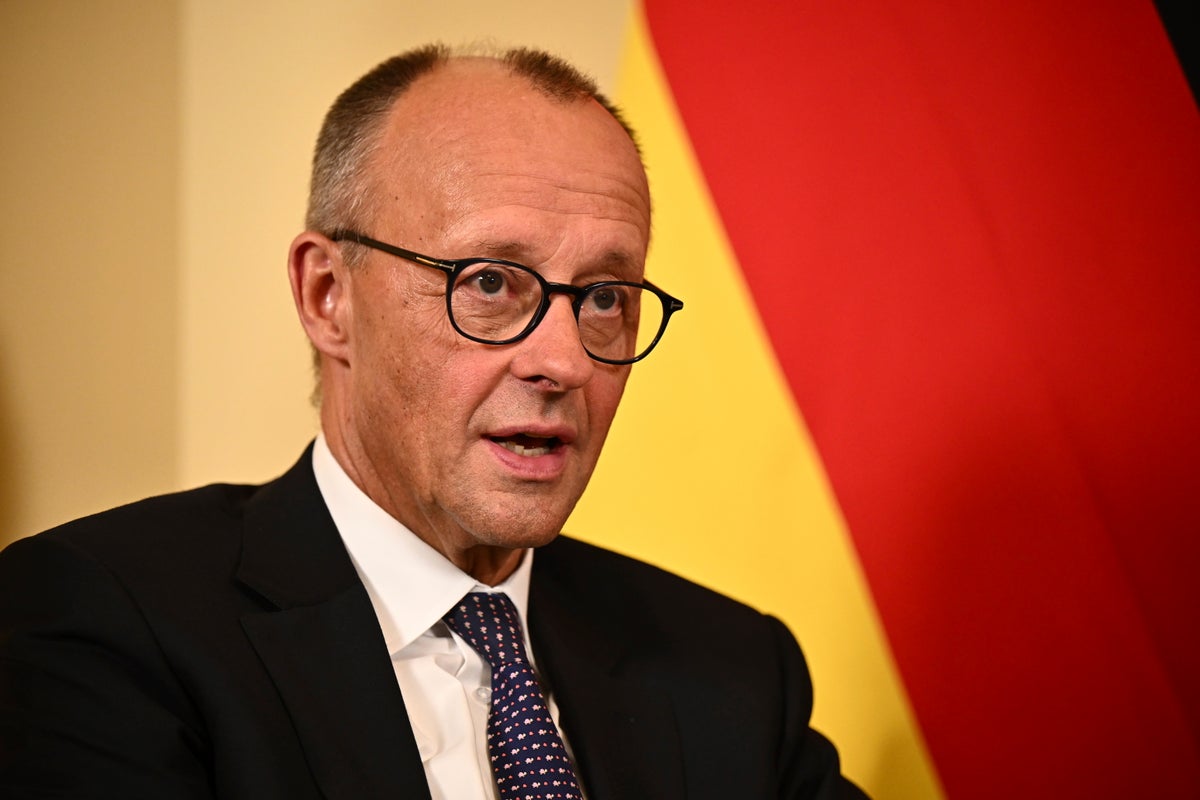
© AP
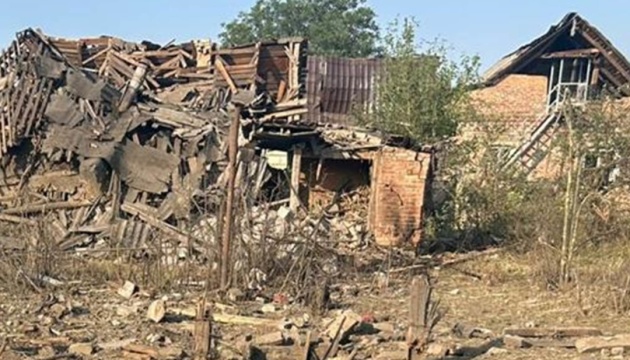
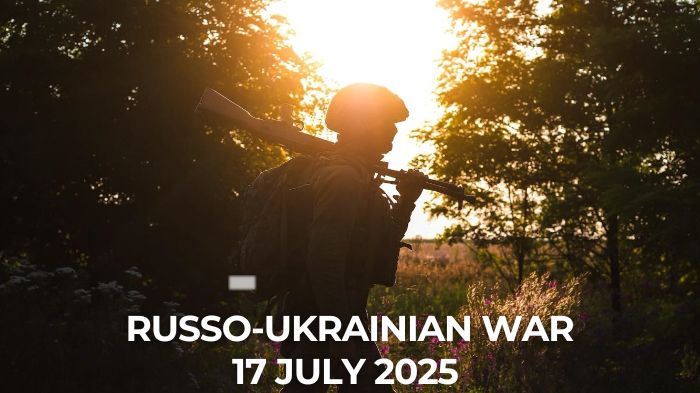
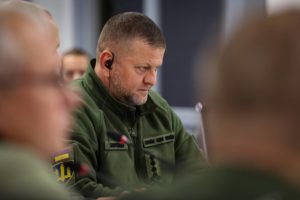 |
“A completely new kind of war lies ahead” so Ukraine must outhink Russia by 2027, says Zaluzhnyi. Ukraine’s survival depends on revolutionary strategy, not traditional firepower, Valerii Zaluzhnyi writes |
 |
Ukraine’s MaxxPro trucks drop troops in 20 seconds—because drones don’t need more. Just reaching the front in Ukraine is now as deadly as holding it—thanks to drones that strike in seconds. Ground robots could be part of the answer. |
 |
“Just 16 people”: Ukraine’s new wartime cabinet is now smaller than many startups. Parliament approved a downsized government lineup on Wednesday, streamlining wartime leadership without altering the political balance of power. |
 |
Ukraine is going green during war, so why is EU’s program funding fossil fuels?. Ukraine has been building wind farms and solar plants while dodging Russian missiles. Meanwhile, the EU’s €50 billion program meant to help? It’s funding more gas and diesel generators than renewable energy. |
. The strike injured workers and halted production.
Top Kremlin’s mouthpiece warns of “preemptive strikes,” but denies any plans to attack Europe. Tensions soar as Moscow accuses West of full-scale war, while insisting no invasion of NATO countries is planned.
Lithuania to Belarus: Stop letting Russian war drones cross into NATO skies. The Gerbera UAV’s illegal flight triggered diplomatic escalation in Vilnius.
One Telegram message promised romantic date for Ukrainian soldier — next almost killed him. A Ukrainian soldier was lured into a deadly FSB assassination plot masked as a date.
Russia’s chemical attacks in Ukraine top 10,000, Kyiv reports. Kyiv’s top chemical defense official confirms that toxic attacks began as early as 2014.
Switzerland’s Patriot air defense systems delivery delayed by US — Ukraine’s urgent need takes priority amid rising civilian deaths. Switzerland’s planned deliveries between 2026-28 are pushed back while Ukraine faces intensifying Russian aerial terror.
. Czechia’s ammo program powers Ukraine’s defenses, but opposition forces vow to shut it down if they win the vote.
NYP: Trump eyes ‘mega deal’ to swap drones with Ukraine for American weapons. Washington may soon fly battlefield-proven Ukrainian UAVs while Kyiv stocks up on US arms.
Ukraine’s new Magura W6P naval drone won’t kamikaze—but it can patrol 1000 km. Magura W6P trades strike missions for longer range and smarter sea reconnaissance.
Forbes: Ukraine’s anti-drone dome over Kyiv is growing—and Moscow feels it. Thousands of interceptor drones are being deployed under Ukraine’s Clear Sky program, forming an expanding shield against Russian drone attacks.
Zelenskyy demands reshuffled cabinet boost local arms from 40% to 50% on the frontlines. The president gave ministers six months to ramp up local arms production for the battlefield.
Ukraine launches AI startup battle, backed by German Defense Ministry, to outpace Russia’s war machine. Germany aids Ukraine’s cutting-edge startups to turn ideas into weapons.
Berlin denies Trump’s claim that Patriots are en route to Ukraine. Germany’s Defense Ministry says it has no knowledge of any Patriot systems being shipped out.
Reuters: Trump promised Patriots for Ukraine—Europe got the invoice
. Kyiv awaits air defenses while NATO allies scramble to decide who pays and who sends.
As Trump threatens sanctions on buyers of Russian oil, India prepares to switch suppliers to avoid fallout. India eyes alternatives in Guyana, Brazil, and Canada.
EU will try again to choke off Putin’s war machine with 18th sanction package this week, after Slovakia blew whole plan apart. Brussels stalls its 18th sanctions package as Slovakia demands Russian gas guarantees, leaving Moscow room to maneuver.
ISW: Moscow rolls out recycled lies and nuclear bluster to split NATO and halt US aid for Ukraine. The Kremlin also demands Kyiv be pushed into talks, casting Moscow as the would-be peacemaker.
Ukraine, Poland, and Lithuania form new alliance to counter Putin’s weaponized historic narratives amid war of attrition. The Lublin Triangle responds to Moscow’s historical distortions with facts.
Axis of Evil’s show of force: China deploys 58 warplanes to Taiwan’s borders amid major defense drills. Beijing and Moscow ramp up pressure on neighboring countries.
“He said we deserve genocide”: Journalists unmask Russian “Dr. Evil” torturer of Ukrainian POWs. A stunning investigation by Radio Free Europe identifies Illia Sorokin, a Russian prison medic who brutalized captured Ukrainian soldiers with electric shocks, rubber batons, and degrading humiliation.
Ukraine gives Moscow-aligned church ultimatum to cut Russian ties. The directive transforms three years of independence claims into legal requirements.
Russian banks seek Kremlin bailouts as inflation soars and potatoes disappear. As war spending drains the economy, Russia’s banks are struggling—and now looking to Moscow for help.
Yulia Svyrydenko becomes Ukraine’s first female PM in 15 years — don’t mistake it for change. Parliament confirmed Yulia Svyrydenko as Prime Minister, but with martial law still in place, critics say power in Ukraine remains concentrated in the president’s office.
You could close this page. Or you could join our community and help us produce more materials like this.
We keep our reporting open and accessible to everyone because we believe in the power of free information. This is why our small, cost-effective team depends on the support of readers like you to bring deliver timely news, quality analysis, and on-the-ground reports about Russia's war against Ukraine and Ukraine's struggle to build a democratic society.
Become a patron or see other ways to support.
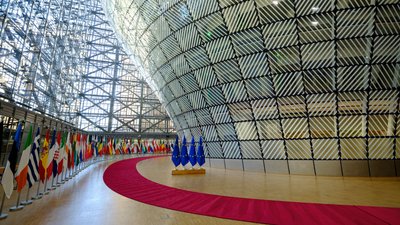
The EU has agreed on a new Russia sanctions package, with ambassadors reaching consensus on the bloc’s 18th sanctions round targeting key sectors of the Russian economy, Suspilne reports. Malta and Slovakia reportedly lifted their vetoes after receiving critical assurances, clearing the way for formal adoption at the EU Council’s meeting later today, 18 July.
According to Suspilne, Malta withdrew its objection after receiving written guarantees from the European Commission. The country wanted confirmation that the proposed oil price cap would not strengthen Russia’s shadow fleet, a concern tied to Malta’s large shipping sector.
Pro-Russian Slovak Prime Minister Robert Fico announced earlier on Facebook that Slovakia had also dropped its veto. His government received EU guarantees related to gas prices and supply stability. Fico, however, underlined that Slovakia would never support ending Russian gas imports after 1 January 2028.
Both countries had previously blocked consensus on the package, which was introduced by the European Commission in June.
The new Russia sanctions package will include a formal ban on the Nord Stream 1 and 2 pipelines. EU High Representative for Foreign Affairs and Security Policy Kaja Kallas said the bloc will also reduce the oil price cap as part of efforts to cut the Kremlin’s war revenues.
Kallas called the deal “one of the strongest” sanctions packages yet, noting it is designed to shrink Russia’s ability to finance its war in Ukraine. She also confirmed that the EU will continue to increase the costs of aggression for Moscow.
Germany and Sweden requested that the package be placed on the Council’s agenda under “Other business.” Once the General Affairs Council formally approves it, the sanctions will become legally binding.
The package includes sanctions on 105 ships from Russia’s shadow fleet and on the entities enabling their operations. A registry of ship flags will be introduced to identify and track these vessels, which are used to obscure the origin of Russian oil.
In addition, 22 Russian banks will face new financial restrictions aimed at cutting their access to international funding. Brussels will also ban the export of European technologies used in Russian drone production.
Kallas confirmed that Chinese banks helping Russia evade restrictions are among the foreign entities targeted. The EU plans to limit their ability to support Russian financial transactions that bypass sanctions.
For the first time, the EU will sanction a foreign-based refinery—India’s largest Rosneft facility—due to its role in processing and moving Russian oil. The package also targets individuals and organizations involved in indoctrinating Ukrainian children in Russian-occupied territories.
Lithuanian Foreign Minister Kęstutis Budrys welcomed the agreement, stating that the combination of shipping, energy, and financial measures would ensure Russia remains on track to lose access to “blood money.” He also urged the US Senate to pass its own Russia sanctions legislation to align with EU efforts.
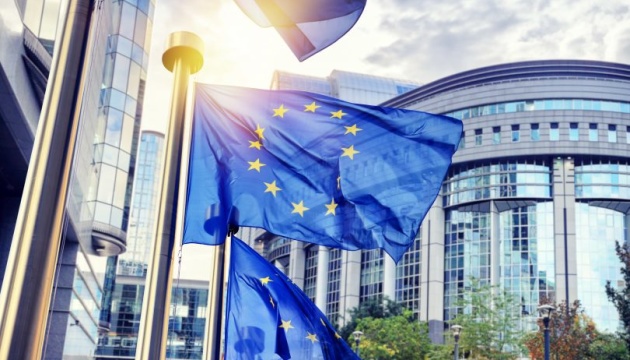
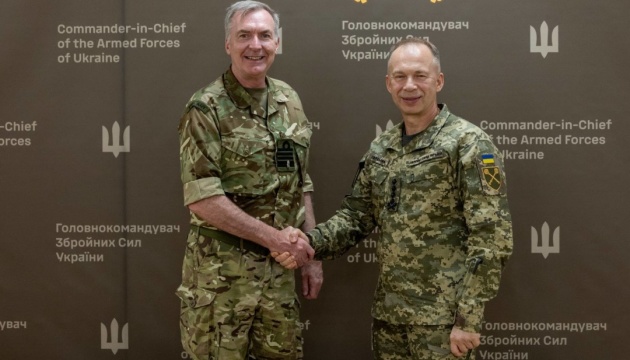

© Copyright 2025 The Associated Press. All rights reserved

© Copyright 2025 The Associated Press. All rights reserved.
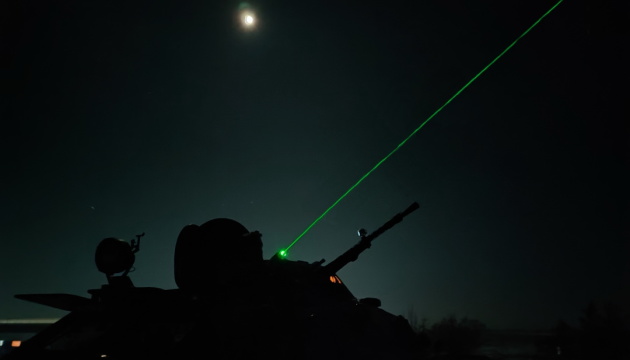
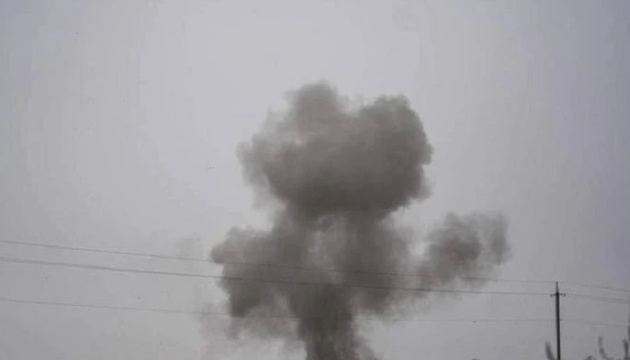
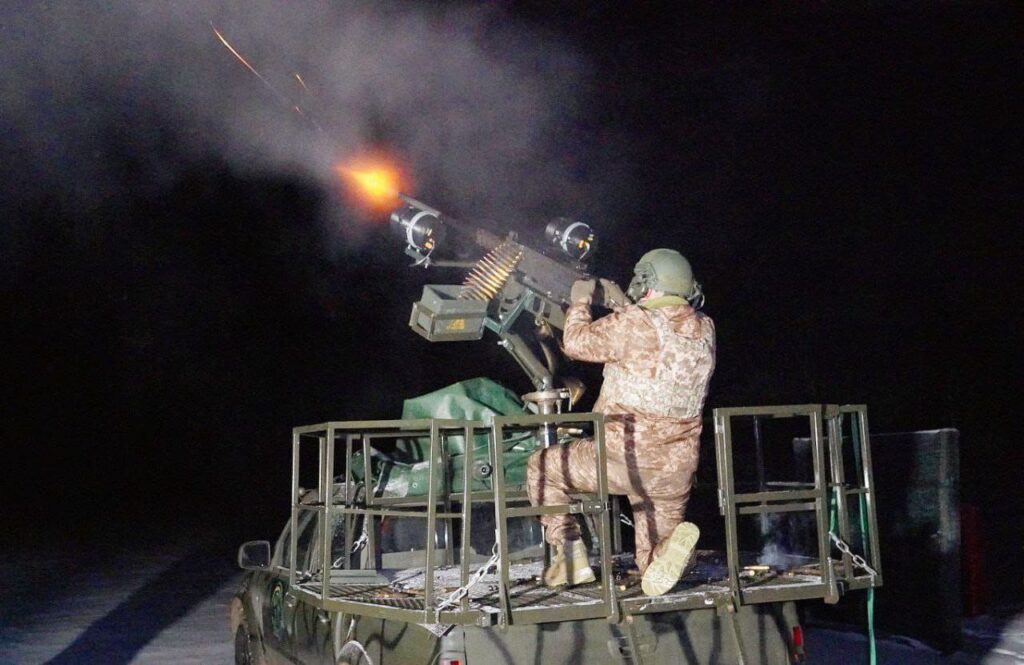
Last night’s Russian drone strike, including 35 one-way attack and decoy drones, killed a railway worker and injured several more civilians in three Ukrainian regions as the Shahed drones hit homes and infrastructure across three oblasts.
Ukraine’s Air Force reported that Moscow’s forces launched 35 unmanned aerial vehicles, including 29 Shaheds and multiple decoy drones, from the directions of Russia’s Millerovo and Primorsko-Akhtarsk. The attack began around 21:30 on 17 July and continued into the early hours of 18 July.
Air defense units reportedly destroyed 11 drones over Ukraine’s northern and eastern regions. Six decoy drones disappeared from radars or were suppressed by electronic warfare.
In Dnipropetrovsk Oblast, a Russian drone strike kills a railway worker and injures two others. The head of the oblast administration, Serhii Lysak, confirmed that drones hit communities in Pavlohrad and Synelnykove districts. A 52-year-old man was killed in the Verbkivska and Bohdanivska areas, and two men aged 38 and 40 were wounded. A fire broke out at a local transport facility, which was later extinguished.
Ukrzaliznytsia added that a drone also struck an electric locomotive. The train operator was killed, and his assistant was wounded but remains in stable condition.
Three Shahed drones were downed over the oblast by Ukrainian air defenses.
According to Lysak, a small FPV kamikaze drone also targeted Nikopol. The aftermath is still under investigation.
In Zaporizhzhia Oblast, Russian drones struck Andriivka village in the Zaporizhzhia district. According to oblast head Ivan Fedorov, nine Shahed drones hit the area, injuring a 79-year-old man. Fires erupted at non-residential buildings and several structures were destroyed.
In Kharkiv Oblast, Russian drones targeted the city of Chuhuiv. Mayor Halyna Minaieva reported that four civilians were wounded. The strike damaged residential buildings, a family doctor’s office, and an educational institution.
